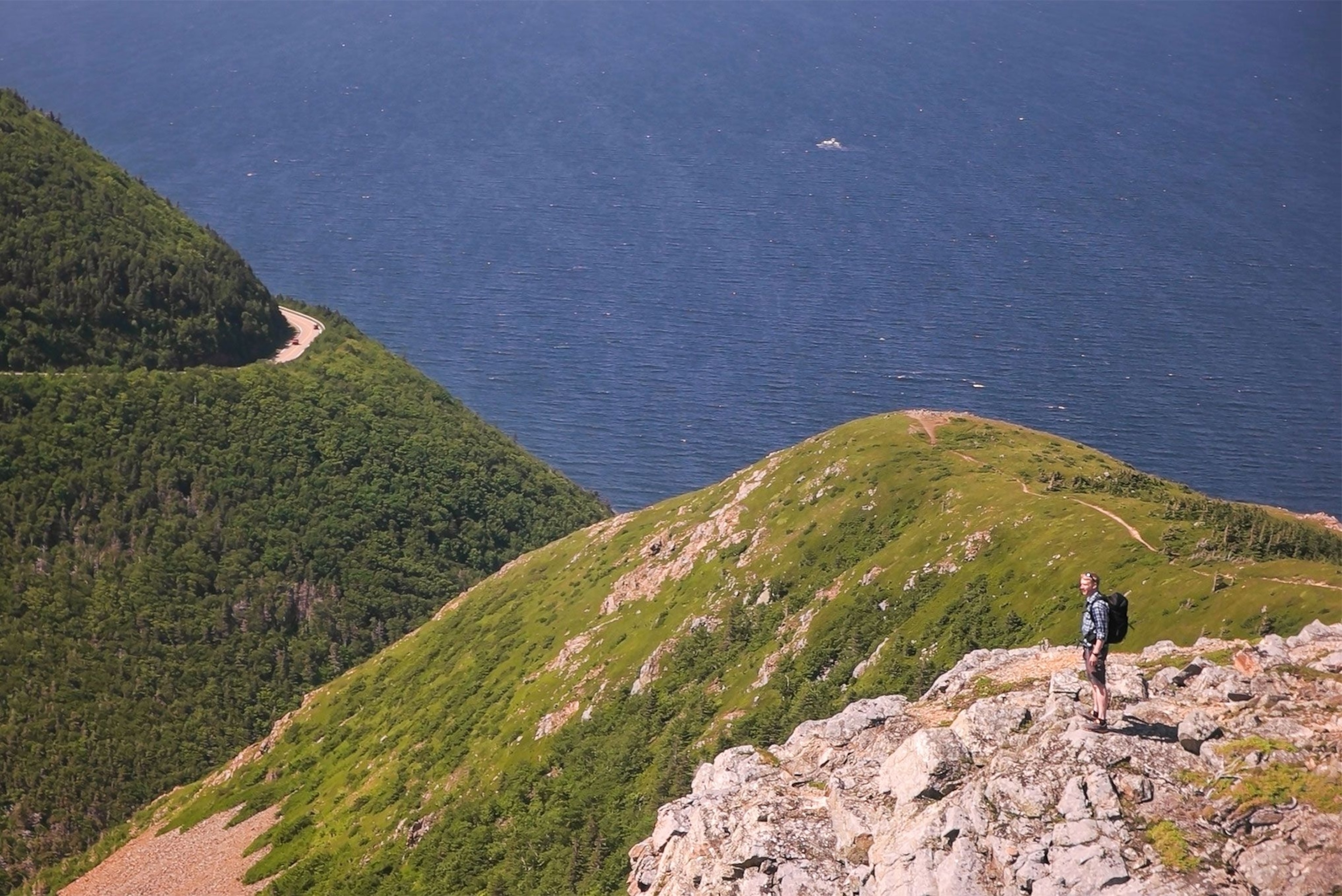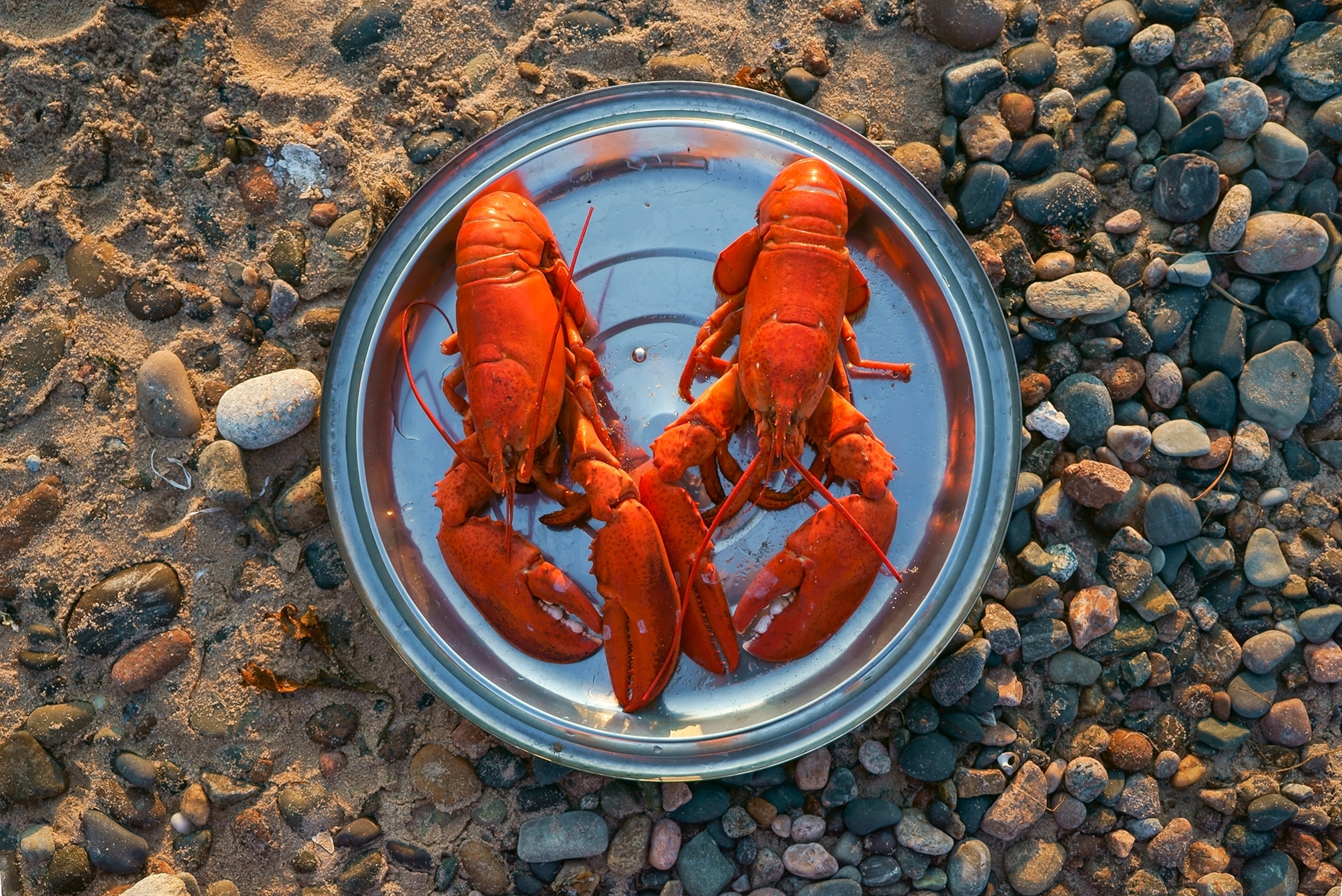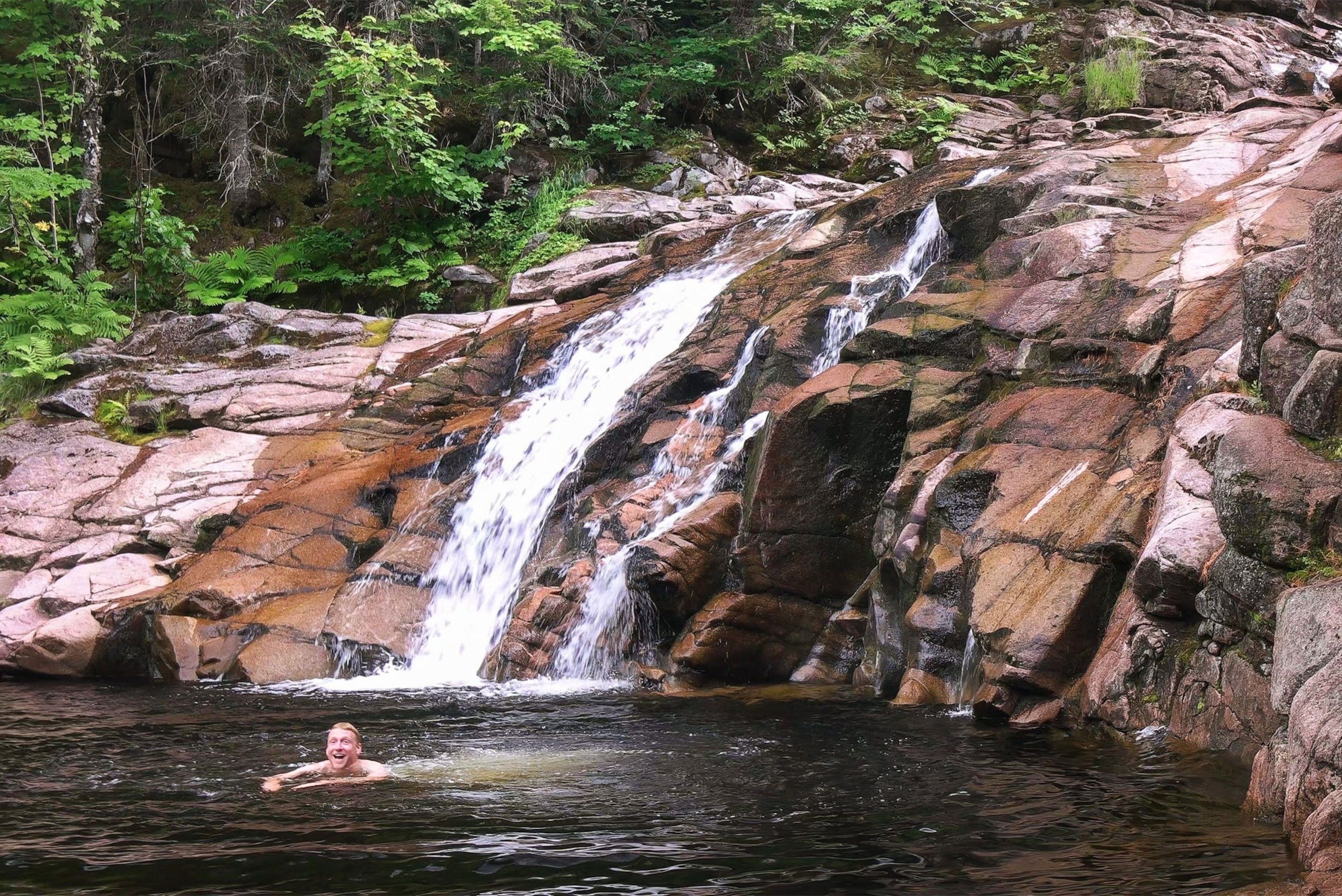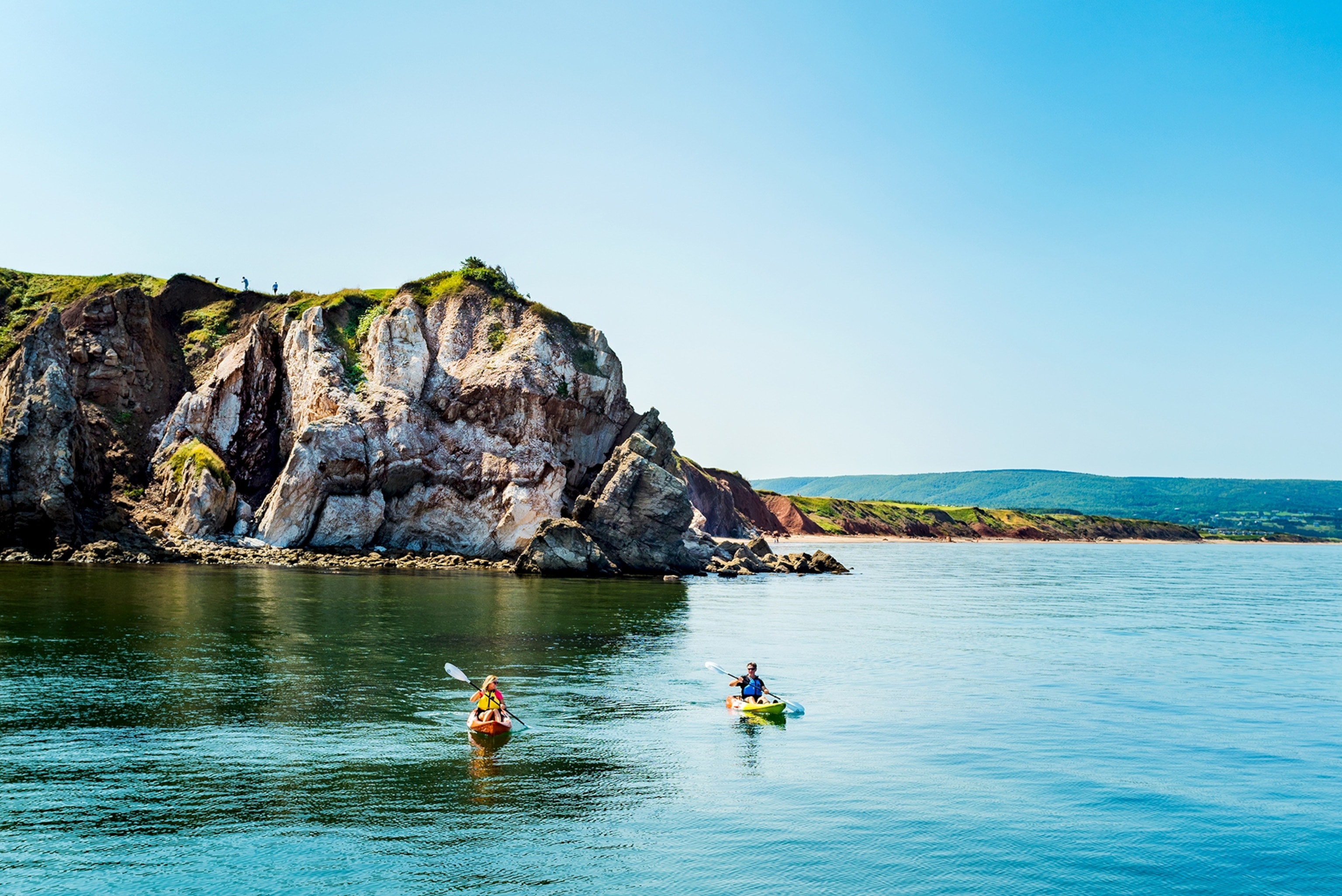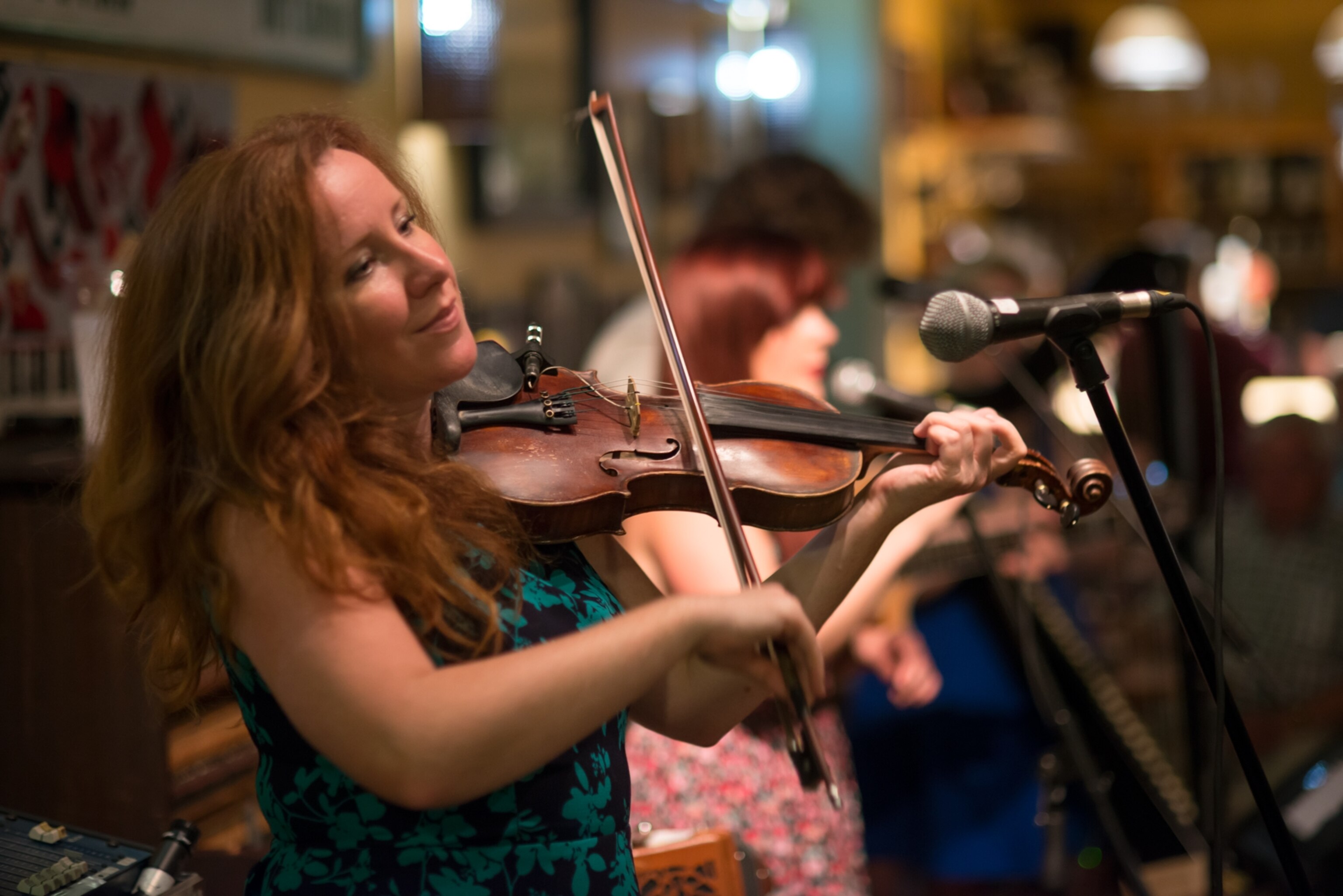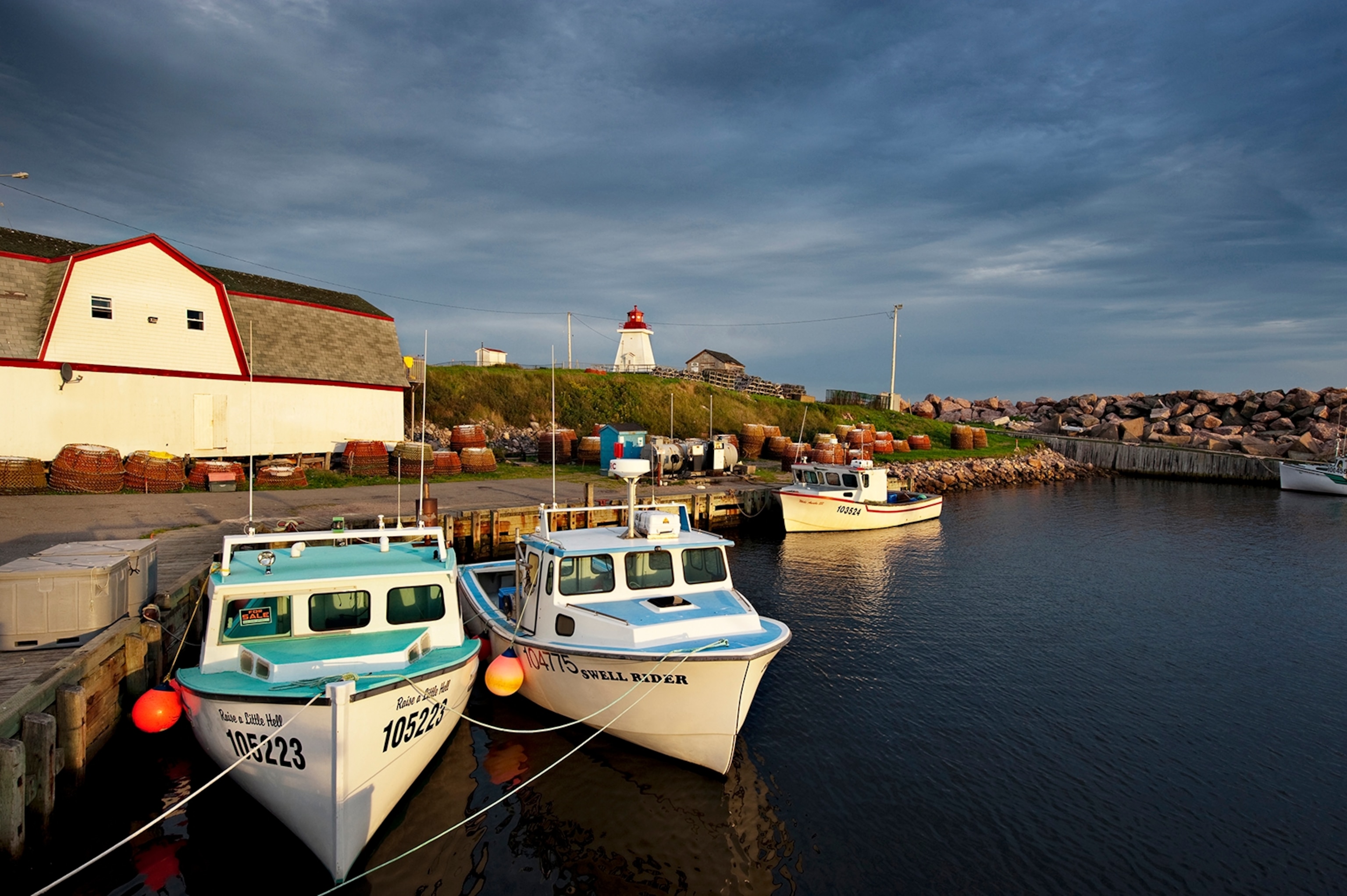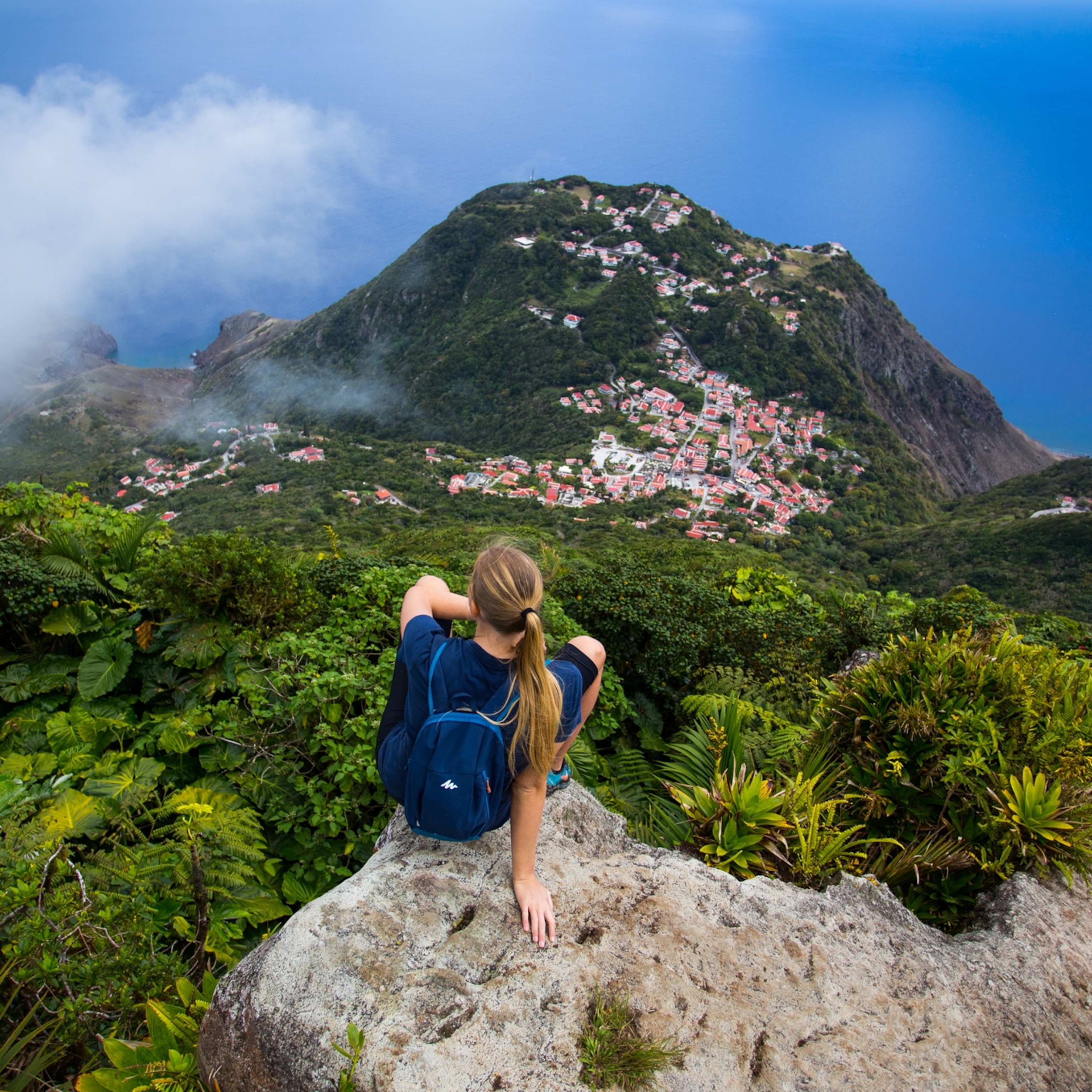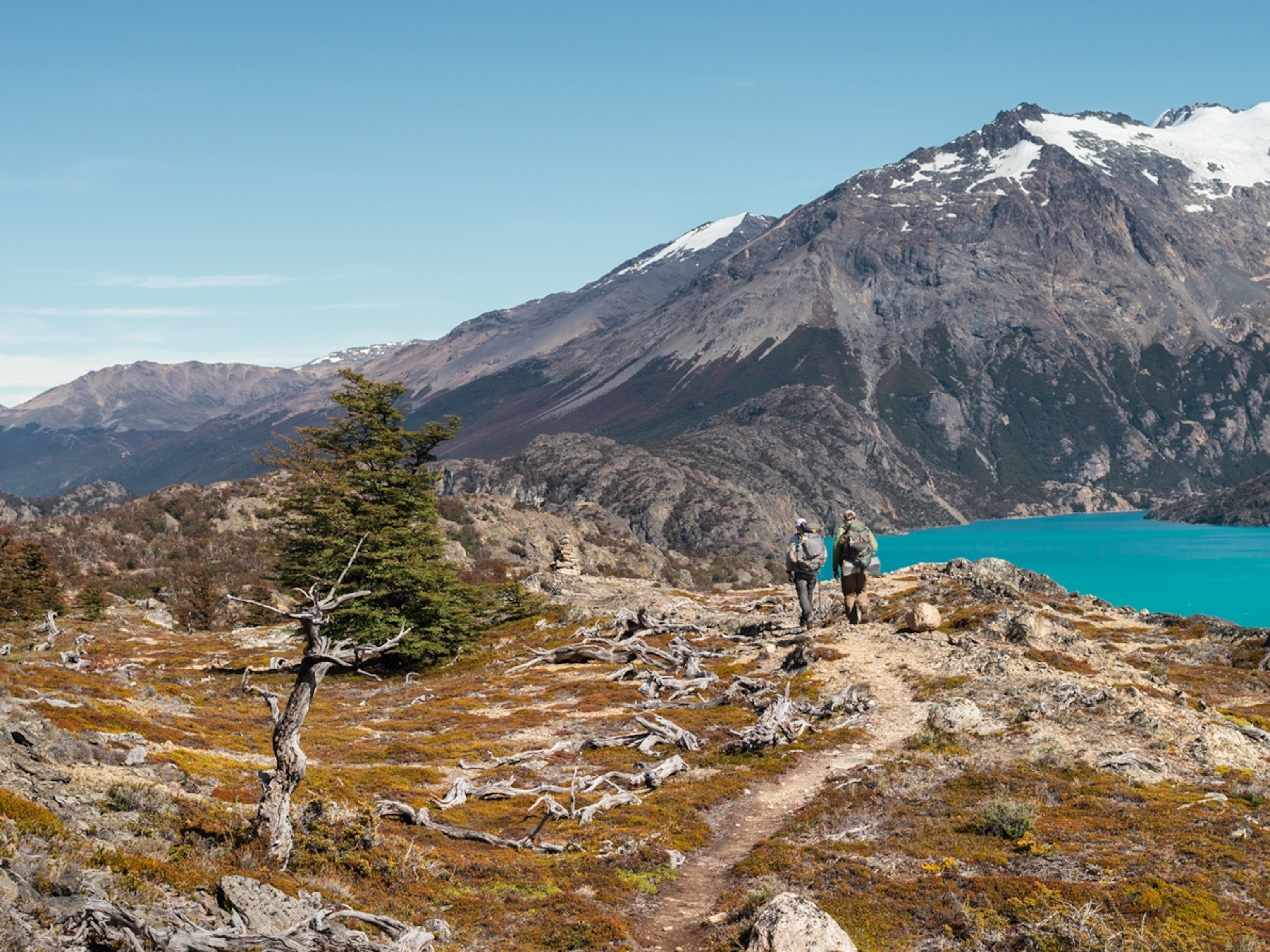This Island is Canada's Best Kept Secret
Adventurer Alastair Humphreys explores Nova Scotia's scenic Cape Breton Island.
Break down the elitism in adventure—that’s the goal that Alastair Humphreys set when he struck off on a year of microadventures in his native U.K., a feat that earned him the title of National Geographic Adventurer of the Year. And when he set out to explore Nova Scotia’s Cape Breton Island, a scenic, culturally diverse spot that joins the mainland by causeway, he found that the eastern Canadian province did that for him. “Even more than the lovely landscapes and the lobster, what stood out were the people,” Humphreys says. “The pride they have in their homeland and their culture, . . .the sense of fun, and the kindness—we got such a friendly reception everywhere we went." Here’s how he did it, and how you can too.
Drive the Cabot Trail
A true natural beauty, Cape Breton is consistently lauded for its outdoor attractions—sprawling coastline and mountainous vistas among them. To see why the island has earned its share of accolades as a bucket list destination, head to the Cabot Trail. The coastal highway winds for 185 miles, hugging Cape Breton’s rocky northern shore, looping inland through Cape Breton Highlands National Park, and passing along the salmon-filled Margaree River, connecting eight major communities with varied backgrounds. It’s North America’s answer to Europe’s Wild Atlantic Way, with spectacular views that take you along the island’s rugged coast on a road cut into mountains high above the gleaming Gulf of St. Lawrence below. Look to the sky for bald eagles or to the sea for pods of migrating whales from spring through fall, when you can spot fin, minke, humpback, pilot, and other behemoths navigating the waters.
Hike Cape Breton Highlands National Park
Off the Cabot Trail towards the north west of the island, Cape Breton Highlands National Park stands as a beacon, calling all outdoor adventurists to its wilds. Here, moose amble along the tranquil lakes, waterfalls, and river canyons, while birds fly high, getting the views you’ll be privy to atop Franey Trail. The four-and-a-half mile loop climbs straight up—worth it for the panoramic views of Clyburn Brook canyon and a six-mile stretch of Atlantic coastline, from Cape Smokey to Ingonish—and then back down. For high-up views without the climb, opt for the four-mile Skyline Trail at the top of French Mountain on the opposite end of the park, where the Cabot Trail unfolds below you. The park offers seasonal immersion and hands-on experiences as well, during which you can hone your adventuring skills in a backcountry excursion with a Parks Canada interpreter or learn how to have a lobster boil beachside then dine al fresco while gentle waves lap the land just feet away.
Fish the Margaree River
Fifty-two pounds. That’s the record catch to come out of the Margaree River, which feeds into the sea along Cape Breton’s western side. While that particular Atlantic salmon was a rare beast, the sport’s history here runs a century deep—check out the nearby Margaree Salmon Museum for artifacts to that point—with traditional salmon flies like the Brown Bomber and Cosseboom developed along the river. It’s why fly-fishers from all over the world make the pilgrimage to Cape Breton—the average catch in this famed spot ranges from six to 20 pounds, and the angling is consistently solid. Slip on your waders and show off your casting style in some 60 pools along the Margaree’s mountain-fed northeast fork, open to fly-fishing June through October.
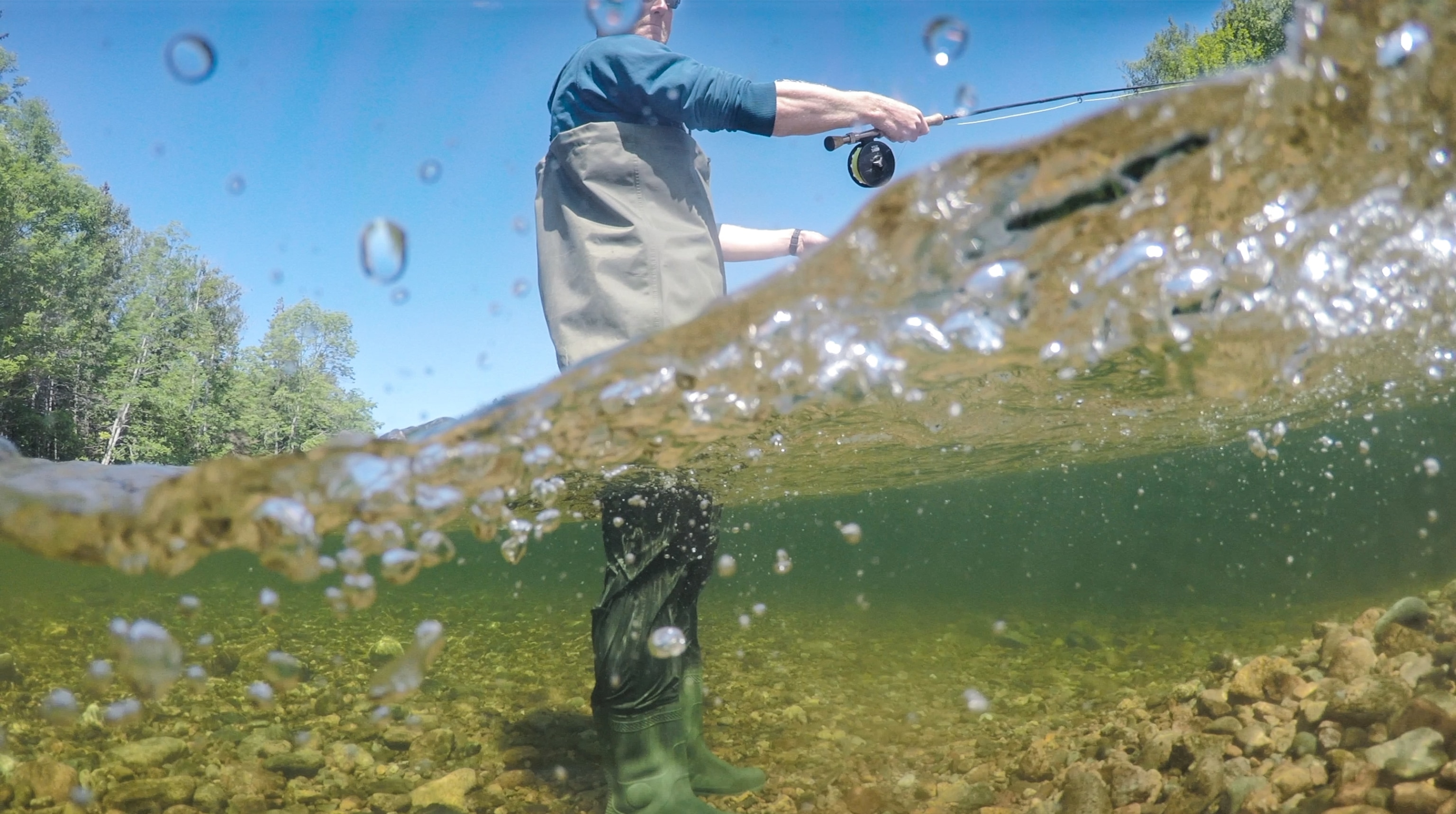
Go Sea Kayaking
Want to get a new perspective on Cape Breton? Get out on the water. North River Kayak offers paddling trips from a half-day to five days and fit for any experience level. The three-hour guided trip in the St. Ann’s Bay area is the most popular—keep an eye out for bald eagles, waterfalls, and lobstermen at work.
Where to Stay
Keltic Lodge at the Highlands, set on a spectacular stretch of coast along the Cabot Trail, has world-class spa amenities and a championship golf course. Where the currents of Cape Breton’s famed salmon-filled river forks, there sits the Margaree Riverview Inn, with some of the best pools within walking distance. A built-in nightcap greets guests at the Glenora Inn & Distillery, where you can learn about Canadian whisky and its history along the Ceilidh Trail on a tour before tasting the goods. A star-studded sky lights your doorstep in Cape Breton Highlands National Park, where you can sleep in an oTENTik at Ingonish Beach or pitch a tent at Broad Cove Campground, where a night hike around Warren Lake is scored by symphony of owls, loons, and toads. River Nest Wilderness Cabins offers a glamping experience along the Murray River, with North River Kayak tours available just a few feet away.
What to Eat
Dine in or grab something for the Cabot Trail at the understated but charming Dancing Goat Cafe & Bakery, known for their pick-me-up breakfasts and baked goods. Fresh seafood dominates the menu at Panorama in Inverness, where large windows overlook the Cabot Links golf course beyond. On the southeast side of Cape Breton, Baddeck Lobster Suppers has served up no-fuss local catches (with all-you-can-eat options) for six generations.
Visit Historic Sites
Alexander Graham Bell—an early president of the National Geographic Society and also credited with inventing the telephone—spent summers in Baddeck, a charming village on Bras d'Or Lake’s north shore where the great inventor’s contributions are commemorated at a national historic site. This is the place to get your fix of fiddle music and traditional Scottish merriment.
Getting There
Non-stop flights from London (Heathrow), Newark and Boston arrive in Halifax year-round, and non-stop flights from Paris, London (Gatwick), Glasgow, Frankfurt and Reykjavik arrive throughout the summer months.
Hannah Lott-Schwartz is a California based travel writer and editor. Follow her on Twitter and Instagram.
